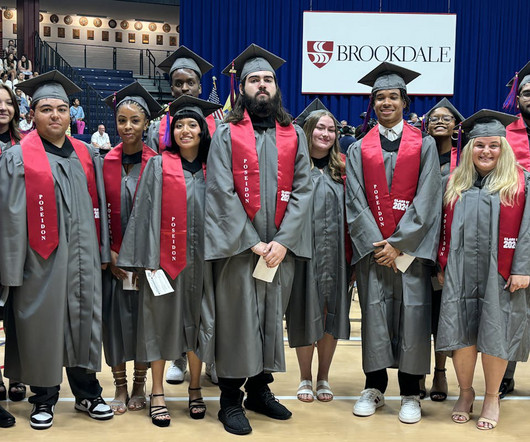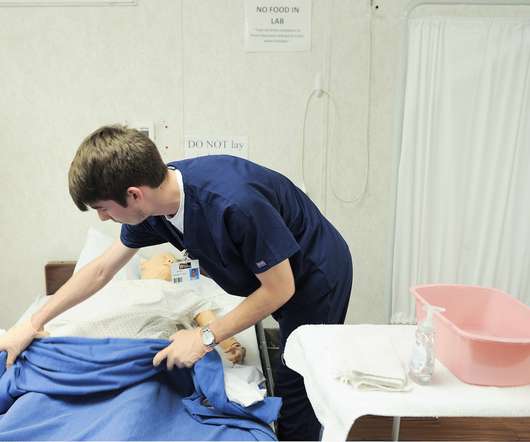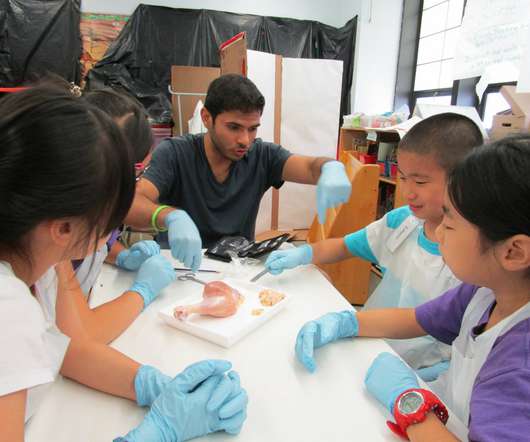Education technology and the future of Higher Ed leadership
Neo LMS
MAY 19, 2020
To quote a study on Evolllution , “60 percent of respondents said technology has fundamentally changed post-secondary teaching and learning. Read more: How to create accessible e-learning design. With the Internet and unprecedented access to information, the education sector continues to grow exponentially. According to The U.S.















Let's personalize your content